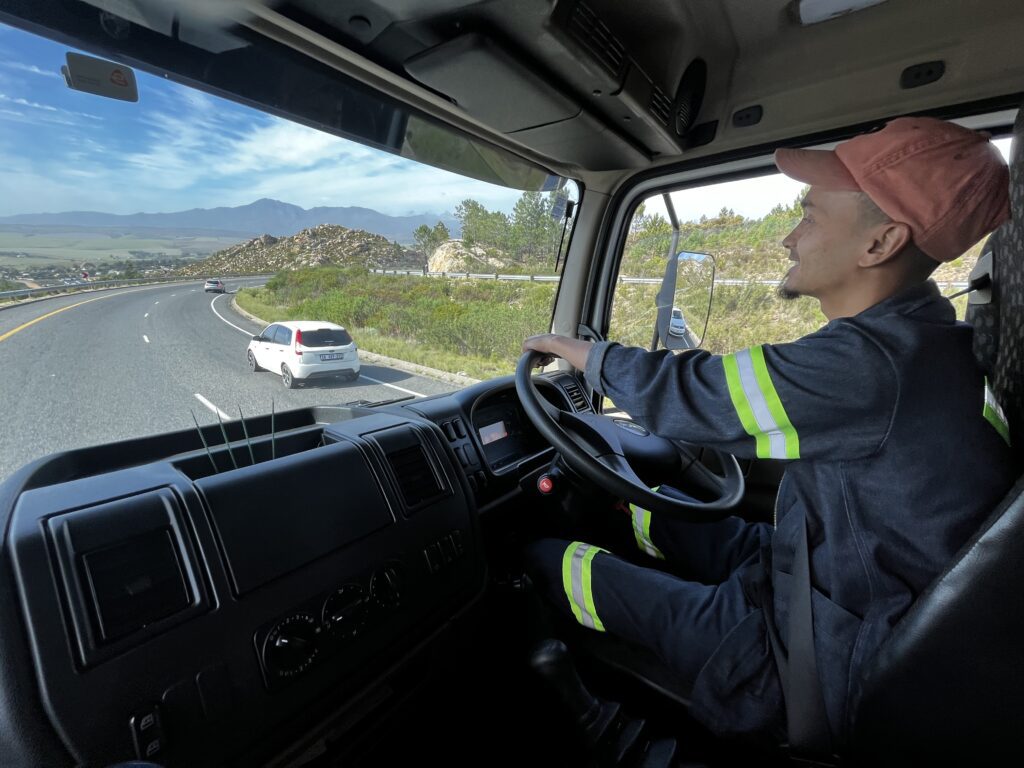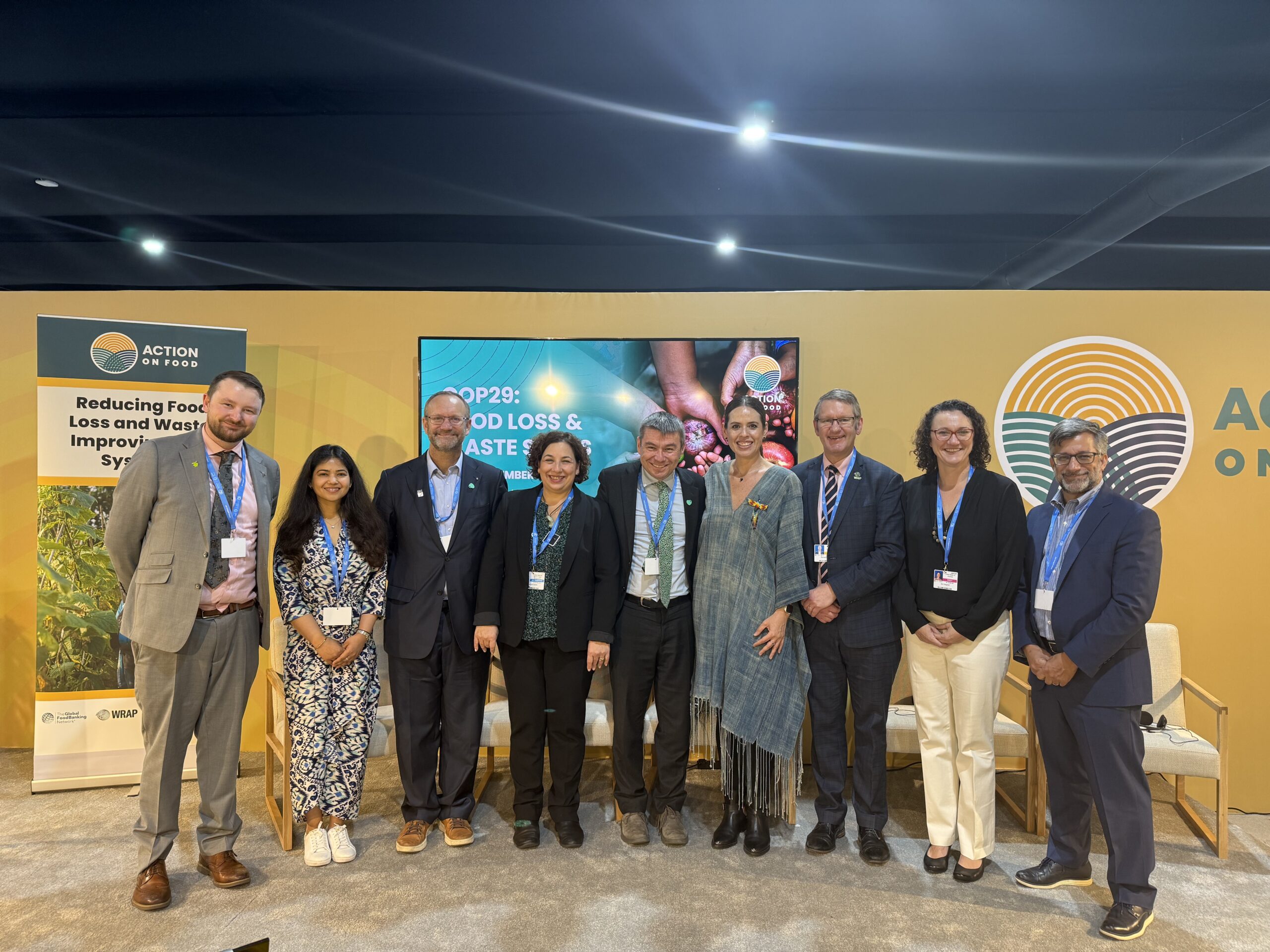The Global FoodBanking Network의 오랜 회원인 FoodForward South Africa는 창립 15주년을 기념합니다.일 올해는 기념일입니다. 사하라 이남 아프리카에서 가장 크고 가장 오래 운영된 푸드뱅크인 FoodForward SA는 남아프리카의 식량 안보를 강화했을 뿐만 아니라, 사하라 이남 아프리카와 그 너머의 새로운 푸드뱅크에 멘토 조직 역할을 하면서 국경을 넘어 영향력을 발휘했습니다.
FoodForward SA의 전무이사인 앤디 듀 플레시스는 최근 바쁜 일정에서 시간을 내어 푸드뱅크의 과거를 돌아보고, 현재에 대해 논의하며, 미래를 전망했습니다.
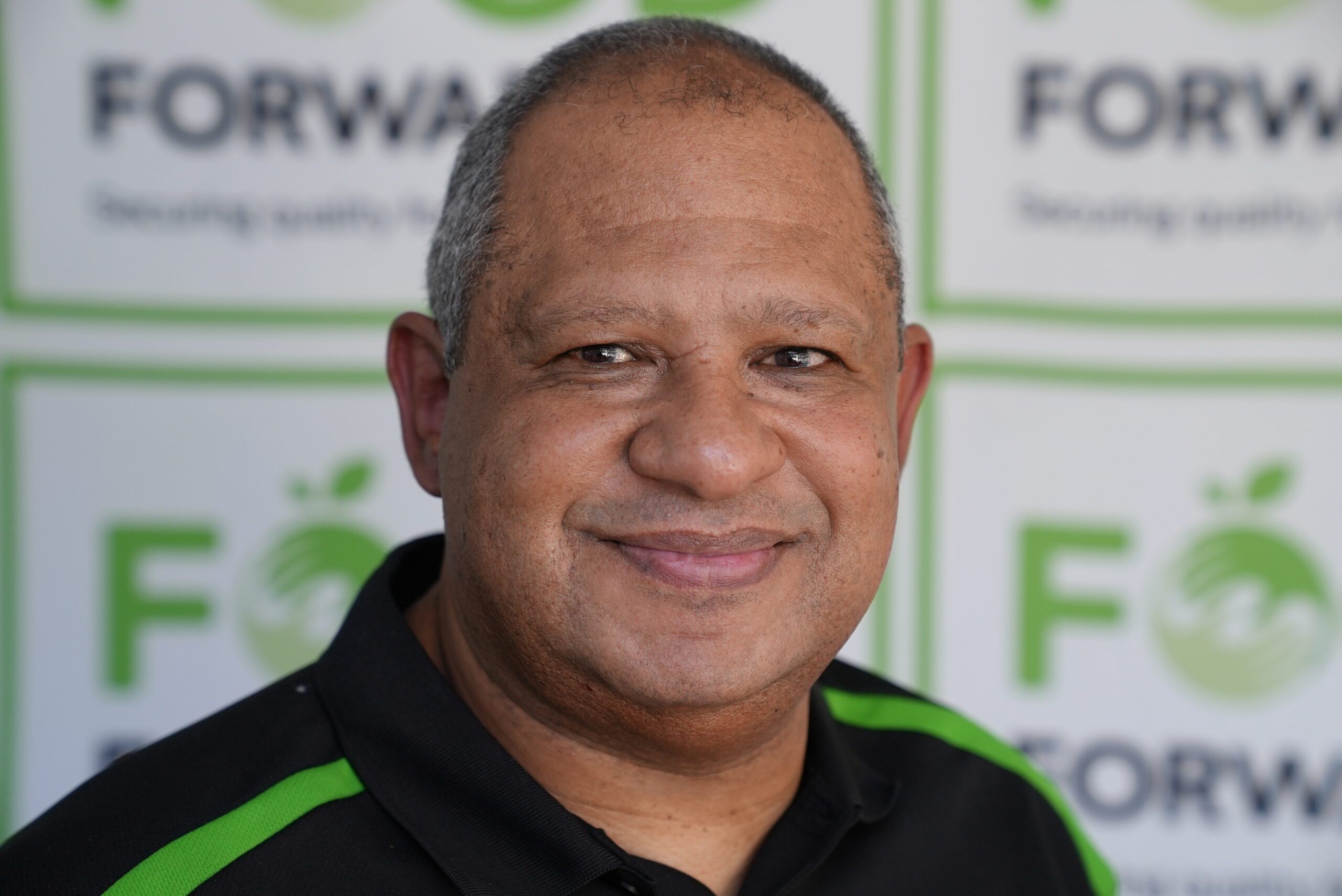
GFN: 해피 15일 FoodForward South Africa에 1주년이 되었어요! Food Forward의 스토리에 대해 조금 말씀해 주시겠어요?
앤디 듀 플레시스: 2003년, 젊은 대학 졸업생 비앙카 듀 플레시스[친척 없음]가 영화 제작사 중 한 곳에서 일자리를 얻었고, 영화 촬영 후 엄청난 양의 음식이 낭비되는 것을 알게 되었습니다. 그들은 먹지 않은 모든 것을 버렸습니다. 그래서 비앙카는 영화 산업에서의 일자리를 포기하고 Feedback Food Redistribution이라는 비영리 단체를 시작했습니다. 영화 산업에서의 상황 덕분에 그녀는 모든 영화 촬영장을 돌아다니며 음식을 모아서 자신의 차량으로 지역 사회 단체에 가져갔습니다.
그리고 어느 날, 현재 우리 이사회 멤버 중 한 명인 앨런 길버트슨이 신문에서 그녀의 업무에 대한 기사를 읽었습니다. 그는 비앙카를 만나서 "제가 도와드리겠습니다."라고 말했습니다. 일어난 일은, 그들이 이 모델을 가져와 The Global FoodBanking Network의 푸드 뱅킹 모델과 결합한 것입니다. 2009년에 우리 푸드 뱅크가 설립되었고, 그것이 조직이 시작된 방식입니다. 우리는 2017년에 이름을 FoodForward SA로 변경했습니다.
FoodForward SA에서 일한 첫 몇 년은 어땠나요?
저는 조직이 시작된 지 4년 후인 2013년에 합류했습니다. 처음에는 힘든 시기였습니다. 그때쯤에는 4년 동안 4명의 다른 전무이사가 있었습니다. 고백하자면, 그 당시에 저는 아마도 떠나는 것에 대해 3~4~5번 생각했을 겁니다.
하지만 우리는 다양한 목표와 견고한 전략 계획을 세웠고, The Global FoodBanking Network로부터 놀라운 지원을 받았습니다. 그들은 미국에서 푸드뱅크가 어떤 모습인지 보도록 후원해 주었습니다. 그리고 그것은 정말 눈을 뜨게 하는 일이었습니다. 그래서 우리는 거기서 성장하여 좋은 기반을 쌓았고, 그런 다음 이 모델, 이 아름답고 놀라운 푸드뱅크 모델을 가져와서 이를 확장하고 우리나라의 다른 지역에서 복제할 수 있었습니다.
버텨낸 게 다행이에요. 그만한 가치가 있었어요. 지금 우리가 가지고 있는 제품과 남아프리카 전역에서 할 수 있는 일을 생각하면, 확실히 그만한 가치가 있었어요.
FoodForward SA에 합류한 이후로 많은 변화가 있었던 것 같습니다. 가장 큰 변화는 무엇이었나요?
모든 것이 바뀌었습니다. 이전에는 4개 주에 불과했던 9개 주 전체에 지점을 확장하고 설립할 수 있었습니다. 우리는 모든 차량이 이미 지불되었고, 식량 회수에 매우 민첩한 거대한 차량 함대를 보유하고 있습니다. 그 차량의 대부분은 우리에게 기부되었습니다. 우리 네트워크에 기부하는 식량 기부자가 더 많아졌고, 오늘날 우리는 그때보다 그들에게 더 신뢰할 수 있습니다. 우리는 몇 년 전에 비해 직원 수를 두 배로 늘렸습니다. 또한, 우리는 매달 우리에게서 식량을 받는 2,500개의 등록 및 심사를 거친 수혜자 조직 네트워크를 보유하고 있으며, 그들은 매일 920,000명의 취약 계층에게 도움을 제공합니다. 불과 몇 년 전보다 20배나 증가했습니다. 이것들은 우리가 여기에서 본 큰 변화 중 일부에 불과합니다.
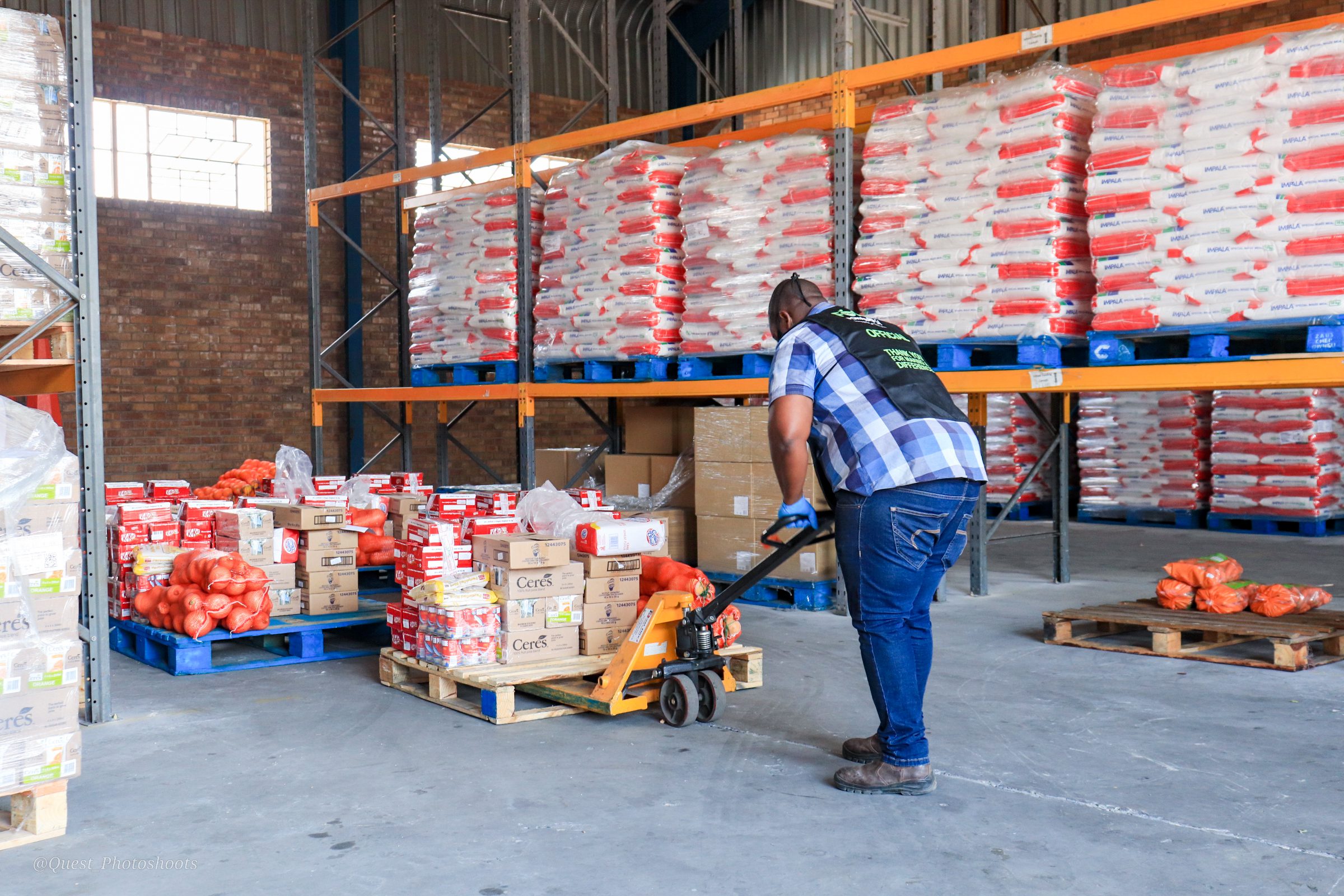
FoodForward SA에서 근무하는 동안 가장 자랑스러운 점은 무엇입니까?
저에게는 눈에 띄는 프로그램이 세 가지 있습니다. 첫 번째는 FoodShare 디지털 플랫폼입니다. 전 세계적으로 유일무이한데, 꽤 많은 일을 하기 때문입니다. 가상 식품 은행, 거기에는 꽤 많은 플랫폼이 있습니다. 하지만 그 위에, 우리는 FoodShare를 통해 수혜 기관에 대한 자체 디지털 모니터링 및 심사를 실시합니다. 우리는 또한 FoodShare를 통해 기관이 와서 음식을 가져오도록 수집 일정을 정합니다. 그리고 인구 통계가 있는 2,500개 기관의 전체 데이터베이스가 FoodShare에 보관됩니다. 그래서 저에게는 그것이 확실히 돋보입니다.
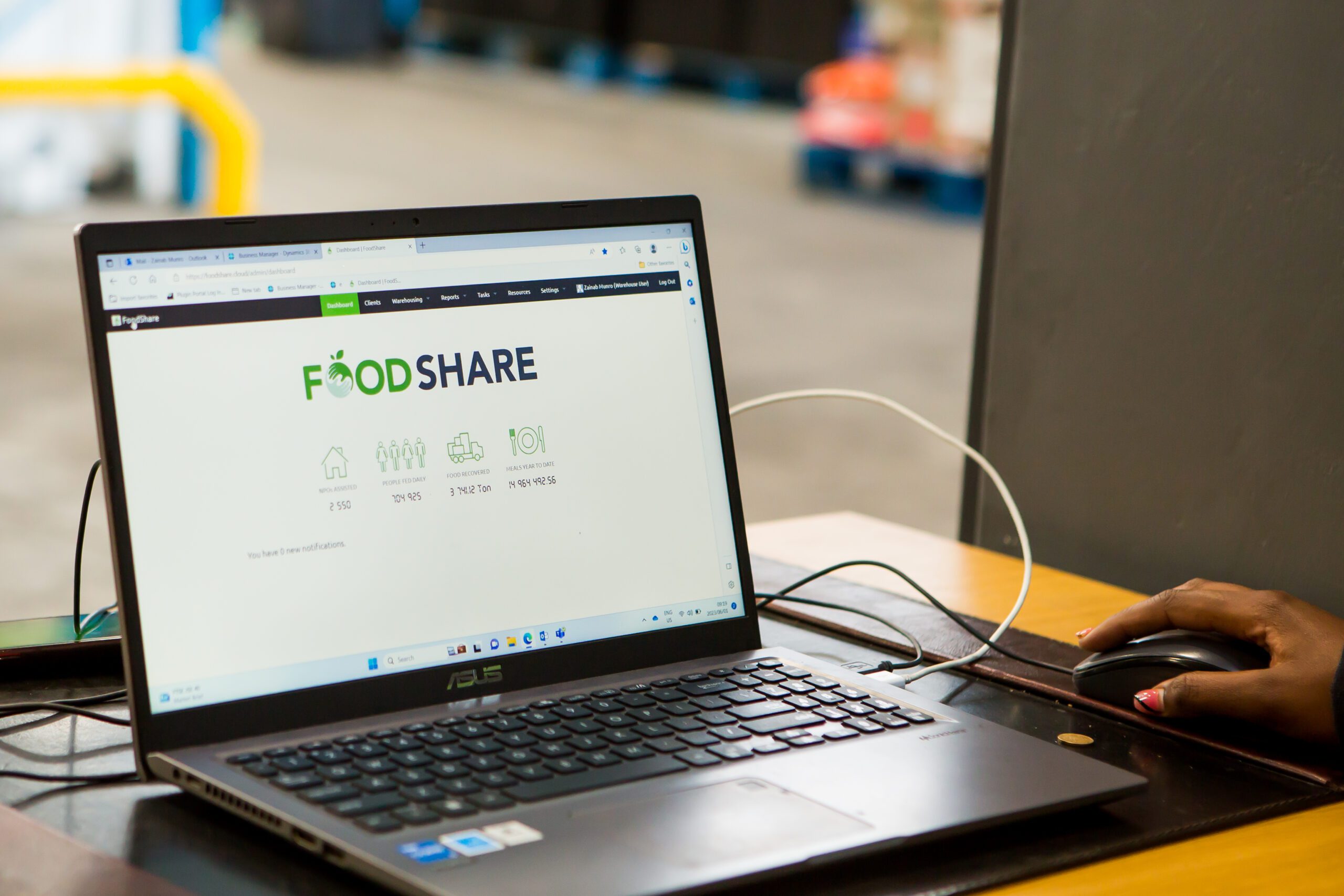
두 번째는 우리의 모바일 농촌 유통 프로그램. 매달 우리는 농촌 지역으로 음식을 가져가는데, 그 농촌 지역에 값비싼 인프라를 구축하는 것보다 비용 효율적입니다. 우리는 200개가 넘는 마을과 마을, 그리고 그 프로그램을 통해 수십만 명의 사람들에게 다가가는 29개의 농촌 지역이 있습니다.
그리고 나에게 있어서 세 번째는 우리의 모자영양 이 프로그램은 세계에서 가장 심각한 영양실조와 식량 불안정의 심각성을 고려하여, 5세 미만의 발육 부전 어린이와 그 가족이 어린이가 영양실조에서 벗어날 수 있도록 적절한 영양을 섭취할 수 있도록 합니다.
FoodForward SA는 어떻게 신규 식품 은행에 멘토링 역할을 수행했으며, 이것이 귀하의 조직에 중요한 이유는 무엇입니까?
저는 우리 대륙에서 식량 은행을 지원하는 것이 중요하다고 생각합니다. 남아프리카가 성공하려면 아프리카 대륙이 성공해야 하기 때문입니다. 그리고 아프리카가 성공하려면 이 모델이 아프리카 전역에 구현되어야 합니다. 훌륭한 모델입니다. 비용 효율적인 모델입니다. 특히 모든 국가에서 손실되거나 낭비되는 식량이 너무 많기 때문입니다.
따라서 다른 푸드뱅크가 성공하고 사람들이 건강해지고 일자리를 찾을 수 있도록 하는 것이 중요합니다. 그리고 푸드뱅크가 성장하려면 지원이 필요합니다. 기술 지원이 필요하고 멘토링이 필요합니다. 운영, 기금 모금, 인사, 재정 등 여러 분야에 대한 조언이 필요합니다. 우리는 사내에 그러한 역량을 갖추고 있기 때문에 다른 사람들과 공유하여 그들이 발전할 수 있도록 하는 것이 중요합니다.
GFN의 시작과 함께 액셀러레이터 2019년 프로그램에서 우리는 많은 푸드뱅크를 초대하여 우리의 운영을 방문하고 푸드뱅크를 어떻게 구현하는지 자세히 알아보았습니다. 그 후, 우리는 푸드뱅크에 개별적으로 연락해 달라고 말했습니다. 우리는 돕고 싶습니다. 그들이 어떻게 성장했는지 보는 것은 놀라운 일이었습니다. 그리고 우리는 작은 방식으로나마 그 성공에 참여할 수 있었다는 것을 자랑스럽게 생각합니다. 그들이 성장하고 발전하는 것을 보는 것은 정말 아름답습니다.
GFN은 FoodForward SA의 성장과 발전에 어떻게 도움이 되었습니까?
저는 GFN이 없었다면 FoodForward SA가 없었을 것이라고 생각합니다. Alan [Gilbertson]은 이 모델을 전개하고 푸드뱅크 모델의 구성 요소를 이해하고 남아프리카에서 효과가 있을지 여부를 알아보기 위해 GFN에 도움을 요청했습니다. [공동 창립자] Bob Forney와 Chris Restock이 와서 모델이 우리와 어떻게 함께 작동할지 조사하는 데 도움을 주었습니다. 그들은 지원을 제공하고 지침을 제공하기 위해 여러 번 날아왔고, 우리의 손을 잡았습니다. 그들이 없었다면 우리는 여기 있지 않았을 것입니다.
그래서 여러 면에서 우리는 GFN에 많은 성공을 빚졌습니다. 기술 지원을 통해서든, 그저 그들에게서 무언가를 받아들일 수 있는 능력을 통해서든요. 그리고 그들이 답을 모른다면, 네트워크에는 그런 푸드뱅크가 있을 것이고, 그들은 우리를 그들에게 연결해 줄 수 있을 것입니다. 그리고 GFN의 재정 지원은 우리가 여러 면에서 확장할 수 있게 해주었습니다. 다른 모든 지방에 지점을 열었을 때, GFN은 절실히 필요한 재정 지원을 제공했습니다. 그것은 우리가 성장하기 위해 당시 필요한 물질적 지원이었고, GFN은 거기에 있었습니다. 그것은 우리에게 중요한 관계이고, 우리는 GFN 네트워크의 일원이 된 것을 자랑스럽게 생각합니다.
FoodForward South Africa의 미래는 어떻게 보일까요? 향후 15년은 어떻게 보일까요?
우리는 2030년까지 확장하고 여러 프로그램을 성장시키고자 하는 야심찬 계획을 가지고 있습니다. 첫째, FoodShare입니다. 우리는 이를 대륙 전체로 확대하고 싶습니다. 그리고 FoodShare Global로 조정하는 과정에 있습니다. 이를 통해 대륙의 다른 푸드뱅크에 혜택을 줄 수 있고, 전 세계에서 이를 구현할 수 있는 곳을 알아볼 수 있습니다.
우리는 파트너 수혜 기관 네트워크가 성장하도록 하고 싶습니다. 우리는 매달 2,500개 기관에 식량을 지원하지만, 남아프리카에서는 약 3천만 명이 식량 불안에 처해 있습니다. 그래서 우리는 전국적으로 더 많은 사람들에게 더 많은 식량을 제공하고 싶습니다.
그리고 우리는 남아프리카 공화국에서 처음으로 진행될 작업을 마무리하고 있습니다. 남아프리카 공화국 표준국 식품 기부 프레임워크. 우리는 이 문서를 발사대로 삼아 향후 3~5년 동안 남아프리카 공화국의 식량 기부 법안을 시행하고자 합니다. 남아프리카 공화국에서 식량 기부 법안이 제정되면 현재 매년 우리 식량 시스템에서 손실되거나 낭비되는 1,000만 톤의 식량을 더 많이 확보할 수 있을 것으로 생각합니다.
우리는 성장해야 합니다. 우리는 취약한 남아프리카인들에게 영양가 있는 음식에 대한 접근성을 높이고 영양실조 아동과 저체중 임산부 및 수유부가 음식에 더 잘 접근할 수 있도록 해야 할 책임이 있습니다. 남아프리카에는 큰 문제가 있으며, 이를 해결하기 위해 계속해서 진전을 이루어야 합니다.

